-
 bitcoin
bitcoin $122659.385674 USD
0.52% -
 ethereum
ethereum $4484.113342 USD
-0.09% -
 bnb
bnb $1304.229256 USD
-0.85% -
 tether
tether $1.000204 USD
-0.03% -
 xrp
xrp $2.860636 USD
-0.51% -
 solana
solana $227.288799 USD
2.36% -
 usd-coin
usd-coin $0.999805 USD
0.01% -
 dogecoin
dogecoin $0.252837 USD
1.18% -
 tron
tron $0.341149 USD
1.12% -
 cardano
cardano $0.830507 USD
0.33% -
 hyperliquid
hyperliquid $45.792319 USD
0.04% -
 chainlink
chainlink $22.422164 USD
1.55% -
 ethena-usde
ethena-usde $1.000283 USD
0.01% -
 sui
sui $3.511389 USD
0.83% -
 stellar
stellar $0.385276 USD
-0.44%
What is the mining process of blockchain?
Blockchain mining verifies transactions, adding them to a public ledger via solving complex cryptographic puzzles. Miners compete for block rewards and transaction fees, with profitability influenced by hardware, energy costs, and cryptocurrency value.
Mar 19, 2025 at 03:55 am

- Blockchain mining secures the network by verifying and adding transactions to the blockchain.
- The process involves solving complex cryptographic puzzles using specialized hardware.
- Miners compete to solve these puzzles first, earning block rewards and transaction fees.
- Different blockchains use different consensus mechanisms, influencing the mining process.
- Mining profitability depends on factors like hardware costs, electricity prices, and cryptocurrency value.
Blockchain mining is the process by which new transactions are verified and added to the blockchain, the public ledger that records all cryptocurrency transactions. This process is crucial for maintaining the security and integrity of the blockchain network. Think of miners as the guardians of the blockchain, ensuring its accuracy and preventing fraudulent activities.
The core of blockchain mining involves solving computationally intensive cryptographic puzzles. These puzzles are designed to be extremely difficult to solve, requiring significant computing power. This difficulty ensures the security of the network, making it computationally infeasible for malicious actors to alter the blockchain's history.
Miners use specialized hardware, such as Application-Specific Integrated Circuits (ASICs), to solve these puzzles. ASICs are designed specifically for cryptocurrency mining and are significantly more efficient than general-purpose computers. The race to solve the puzzle is at the heart of the mining process.
The first miner to successfully solve the cryptographic puzzle gets to add the next block of verified transactions to the blockchain. This block contains a batch of recent transactions, and adding it to the chain effectively confirms these transactions. This process is also referred to as "adding a block to the chain."
For their efforts, successful miners receive a reward. This reward typically consists of newly minted cryptocurrency (the "block reward") and transaction fees paid by users who included their transactions in the block. The block reward is a pre-determined amount that gradually decreases over time, often according to a predefined schedule.
Different blockchains employ different consensus mechanisms. The most well-known is Proof-of-Work (PoW), where miners compete to solve cryptographic puzzles. Other mechanisms, such as Proof-of-Stake (PoS), exist and offer alternative approaches to validating transactions, often without the energy-intensive mining process of PoW.
The profitability of mining depends on several factors. The value of the cryptocurrency being mined is paramount. A higher cryptocurrency value means higher potential profits. However, this must be balanced against the costs of hardware, electricity consumption, and the increasing difficulty of solving the cryptographic puzzles.
Mining pools are groups of miners who combine their computing power to increase their chances of solving a block and sharing the rewards. This strategy is especially beneficial for smaller miners who might not have the resources to mine solo profitably. Joining a pool helps them earn a steady income, even if they don't win every block.
The complexity of the cryptographic puzzles is dynamically adjusted by the network. If the network's hash rate (the total computing power) increases, the difficulty automatically increases to maintain a consistent block generation time. This ensures the network remains secure even as more miners join.
The mining process is a constant competition. Miners are continuously competing to solve the next block, contributing to the security and stability of the blockchain network. The competition ensures that the system remains robust against attacks and maintains its integrity. The system is self-regulating in this way, adjusting its difficulty based on the network's overall computational power.
The environmental impact of cryptocurrency mining, particularly with PoW systems, has been a significant concern. The high energy consumption of ASICs has led to debates about the sustainability of these systems. However, advancements in technology and the exploration of alternative consensus mechanisms are attempting to address this issue.
Different cryptocurrencies have different mining algorithms. These algorithms dictate the specific type of cryptographic puzzle that miners must solve. Some algorithms are more energy-efficient than others, and the choice of algorithm significantly influences the mining process. For instance, some coins utilize algorithms designed to be more ASIC-resistant, favoring GPU mining.
Frequently Asked Questions:Q: Is it profitable to mine cryptocurrency at home?A: Home mining is generally not profitable for most individuals due to high electricity costs and the intense competition from large-scale mining operations. The initial investment in specialized hardware is also substantial.
Q: What hardware is needed for cryptocurrency mining?A: For Proof-of-Work cryptocurrencies, specialized ASIC miners are typically the most efficient. For some cryptocurrencies that use different algorithms, GPUs or even CPUs might be used, though their efficiency is usually lower.
Q: How does the blockchain prevent double-spending?A: The blockchain's distributed and immutable nature prevents double-spending. Once a transaction is added to a block and confirmed, it becomes part of the permanent record, making it impossible to spend the same cryptocurrency twice. The cryptographic puzzle solved by miners secures this record.
Q: What is a mining pool?A: A mining pool is a group of miners who combine their computing power to increase their chances of solving a block and earning rewards. The rewards are then distributed among the pool members according to their contribution.
Q: What are the different consensus mechanisms?A: Proof-of-Work (PoW), Proof-of-Stake (PoS), Delegated Proof-of-Stake (DPoS), and Proof-of-Authority (PoA) are some of the prominent consensus mechanisms used in blockchain networks. Each mechanism has its own strengths and weaknesses regarding security, scalability, and energy efficiency.
Disclaimer:info@kdj.com
The information provided is not trading advice. kdj.com does not assume any responsibility for any investments made based on the information provided in this article. Cryptocurrencies are highly volatile and it is highly recommended that you invest with caution after thorough research!
If you believe that the content used on this website infringes your copyright, please contact us immediately (info@kdj.com) and we will delete it promptly.
- XRP Transfer, Altcoin Rally, and Crypto Movement: What's Shakin' in the Crypto Space?
- 2025-10-09 15:05:12
- BNB Chain Memecoin Goldmine: Hype or Sustainable Growth?
- 2025-10-09 15:05:12
- XRP, ASTER Surge, and Crypto Presales: What's the Haps?
- 2025-10-09 15:10:01
- XRP Treasuries Soar as Reliance Global Joins the Party: A New Era for Corporate Reserves?
- 2025-10-09 15:10:01
- XRP ETF Hopes and Binance's Crypto Reserves: What's the Buzz?
- 2025-10-09 15:10:01
- YZi Labs' Billion-Dollar Bet: Fueling the BNB Ecosystem's Future
- 2025-10-09 15:10:13
Related knowledge
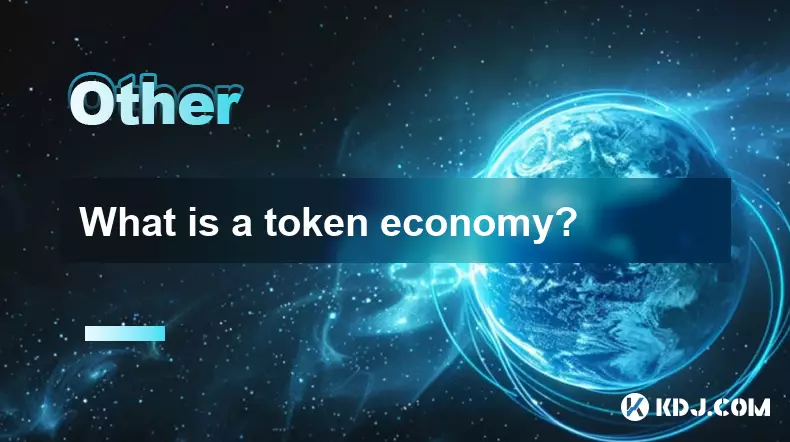
What is a token economy?
Sep 20,2025 at 12:18am
Understanding the Foundations of a Token Economy1. A token economy in the context of cryptocurrency refers to a system where digital tokens are used a...
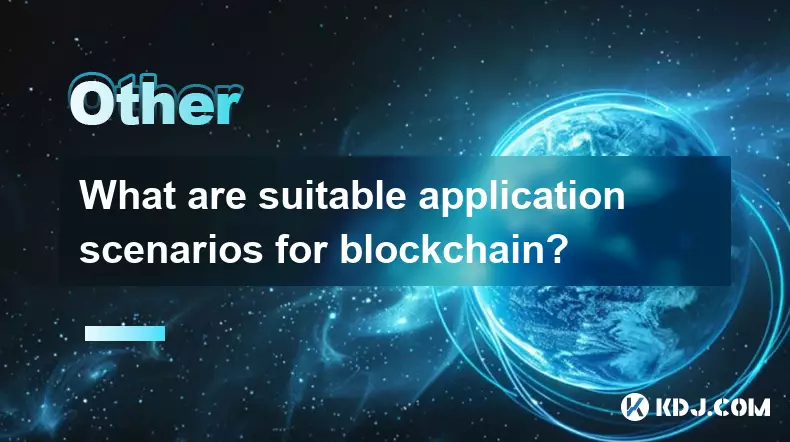
What are suitable application scenarios for blockchain?
Sep 20,2025 at 03:19am
Decentralized Finance (DeFi) Platforms1. Blockchain enables the creation of financial services without centralized intermediaries, allowing users to l...
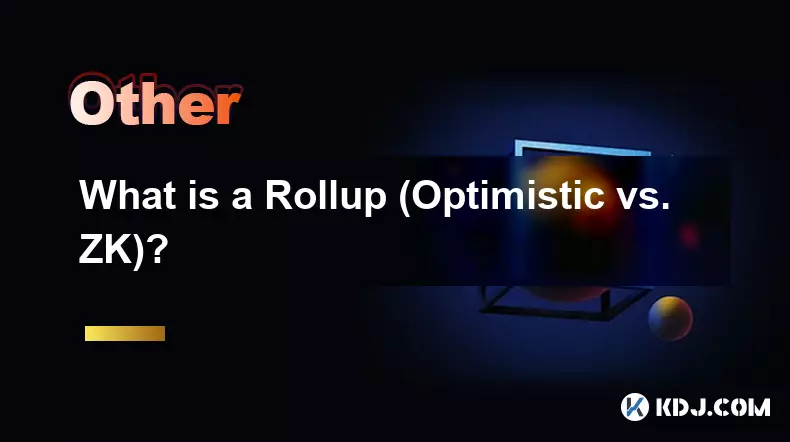
What is a Rollup (Optimistic vs. ZK)?
Sep 22,2025 at 03:00pm
Understanding Rollups in Blockchain Technology1. Rollups are layer-2 scaling solutions designed to increase transaction throughput on blockchains like...
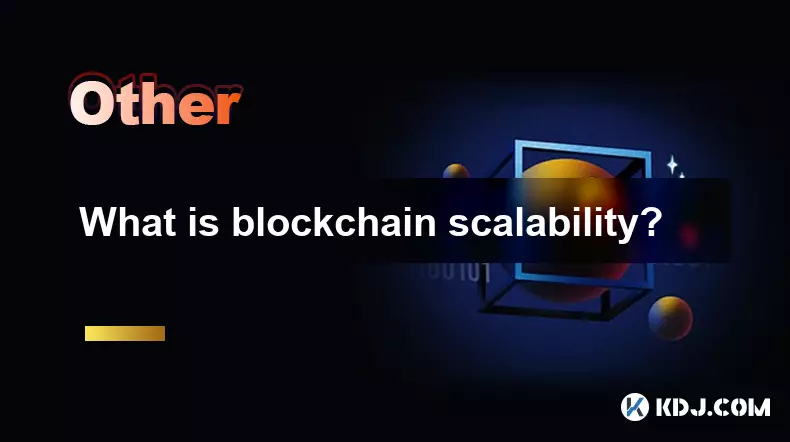
What is blockchain scalability?
Sep 19,2025 at 06:18am
Understanding Blockchain Scalability1. Blockchain scalability refers to a network's ability to handle an increasing number of transactions without com...
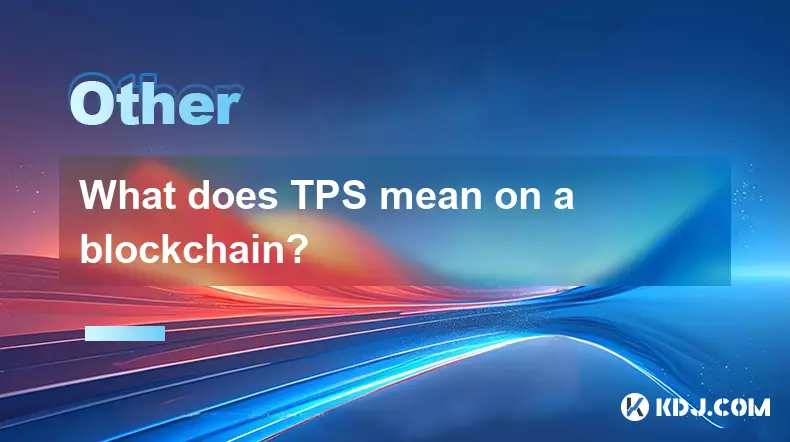
What does TPS mean on a blockchain?
Sep 21,2025 at 09:54am
Understanding TPS in Blockchain Technology1. TPS stands for Transactions Per Second, a metric used to measure the number of transactions a blockchain ...
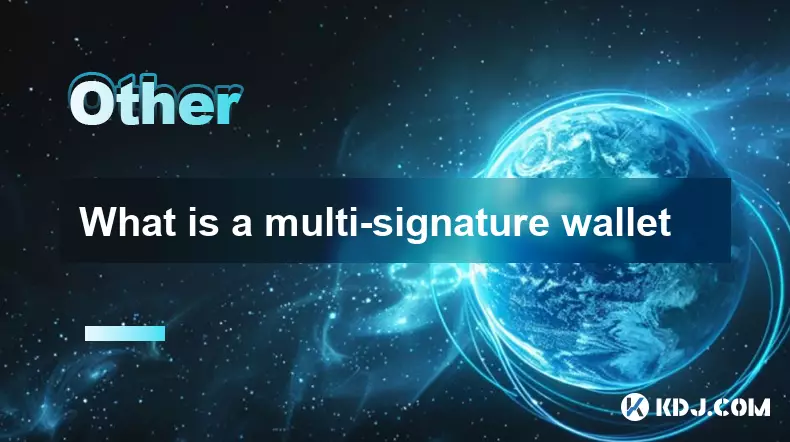
What is a multi-signature wallet
Sep 20,2025 at 07:00am
Understanding Multi-Signature Wallets in Cryptocurrency1. A multi-signature wallet, often referred to as a multisig wallet, is a type of cryptocurrenc...

What is a token economy?
Sep 20,2025 at 12:18am
Understanding the Foundations of a Token Economy1. A token economy in the context of cryptocurrency refers to a system where digital tokens are used a...

What are suitable application scenarios for blockchain?
Sep 20,2025 at 03:19am
Decentralized Finance (DeFi) Platforms1. Blockchain enables the creation of financial services without centralized intermediaries, allowing users to l...

What is a Rollup (Optimistic vs. ZK)?
Sep 22,2025 at 03:00pm
Understanding Rollups in Blockchain Technology1. Rollups are layer-2 scaling solutions designed to increase transaction throughput on blockchains like...

What is blockchain scalability?
Sep 19,2025 at 06:18am
Understanding Blockchain Scalability1. Blockchain scalability refers to a network's ability to handle an increasing number of transactions without com...

What does TPS mean on a blockchain?
Sep 21,2025 at 09:54am
Understanding TPS in Blockchain Technology1. TPS stands for Transactions Per Second, a metric used to measure the number of transactions a blockchain ...

What is a multi-signature wallet
Sep 20,2025 at 07:00am
Understanding Multi-Signature Wallets in Cryptocurrency1. A multi-signature wallet, often referred to as a multisig wallet, is a type of cryptocurrenc...
See all articles










































































